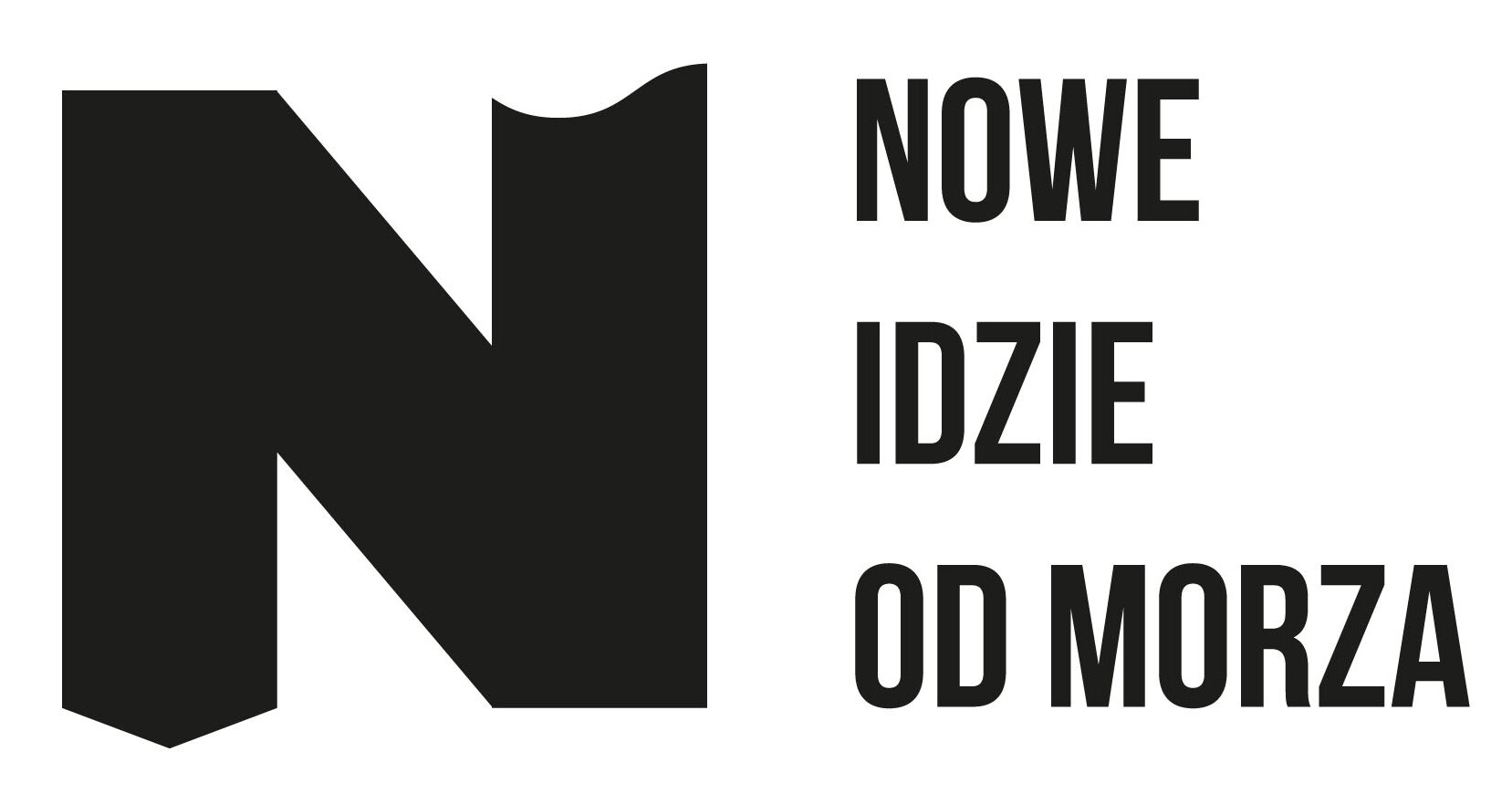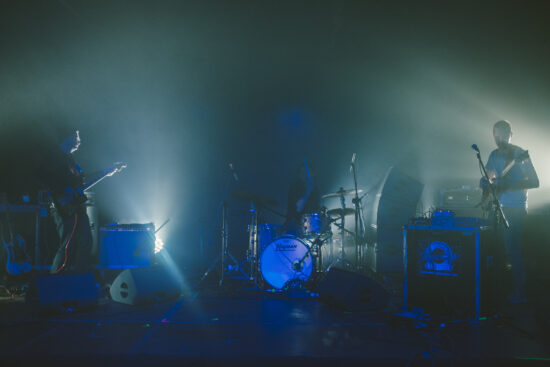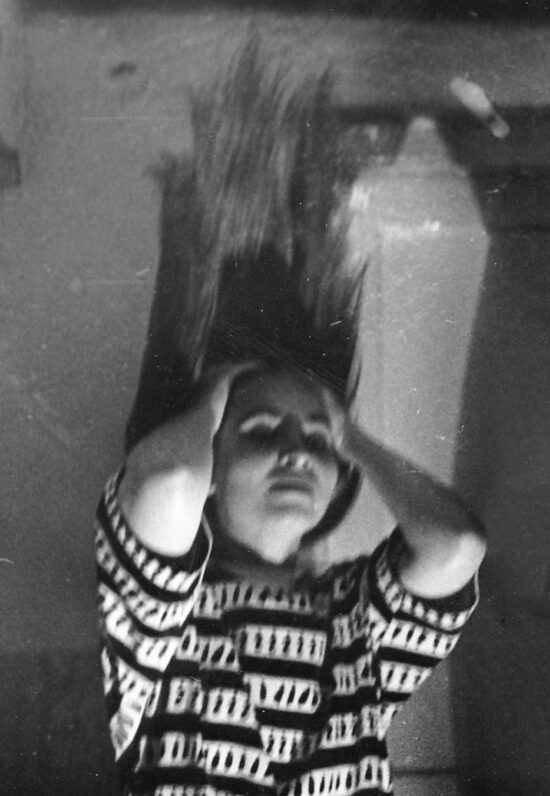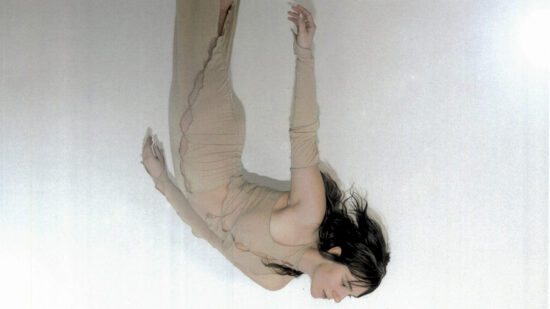From collective improvisation, through minimalism, ambient passages, drones and heavy guitars. Here’s my showcase of the most interesting Astral Spirits AD 2020 releases.
Translation: Aleksandra Szkudłapska
Nathan Cross is a crazy man. He issues tons of interesting music, painting a very broad picture of the contemporary improv scene. All Astral Spirits releases have a characteristic graphic layout, courtesy of Jaime Zuverza – they bring to mind other jazz labels, such as ECM, Blue Note or Polish Jazz. The difference, however, is that the founder of the Austin label seems not so much interested in the style (which is sometimes too predictable in the case of the above three), but in continuous exploration. The same was true for 2020, when I tried to follow these releases as closely as possible – quite a feat, as there were more than 30 of them! I’ve already written about two albums: the one by Lea Bertucci/Amirtha Kidambi and the sophomore record of Chicago Underground Quartet. Below you’ll find my top 10 releases from 2020, where I’m aiming to showcase the broadest possible selection of the label’s roster.
LUKE STEWART Exposure Quintet
I’ve seen Luke Stewart live with Irreversible Entanglements and James Brandon Lewis; I love his duo Black Myths. Here, the bassist acts as the initiator of an idea that brings together musicians from the Chicago scene – with Ken Vandermark and Edward Wilkerson Jr on reeds, Jim Baker on piano, and Avreeayl Ra on drums. There’s just so much energy and life here, as well as beautiful, coherent harmonization! The music shimmers with all the colours of a collective effort, devoid of hierarchy, yet filled with alert improvisation. The album starts with a powerful, noisy opening, after which the music becomes more toned down. The two-part “HAARP” develops gradually, with Stewart highlighting the mood with lengthy double bass phrases. The final piece is another hard-hitting number that links the whole album together. So much music, and there’s not one moment when it would be overshadowed by any rough and tumble between the musicians or sonic chaos. The quintet plays cockily, yet in a fully democratic manner, and – as the name suggests – everyone gets proper exposure.
QUIN KIRCHNER The Shadows and The Light
The Shadows and The Light reminds me a bit of Makaya Mc Craven’s In the Moment – Quin Kirchner is yet another drummer with a sense for piecing together musical mosaics on the basis of a changing rhythm section. However, here I feel more spontaneity in the ideas, brought to the fore by subsequent musicians who broaden his colour palette. From a fascination with Mingus, Cohran, and Sun Ra, they lead the way from concise improvisations to concentration and exploring various ideas. “Pathways”, with Matt Ulery’s brilliant double bass and Nate Lepine’s flourishes on the flute, is a minimalist moment of calm, which soon gives way to the orchestral sounding “Sahara”. The meditation and trance are brilliantly contrasted with the shivery “Batá Chop” with its taste of the Caribbean or the orchestral “Planet Earth”. The drums themselves shift from solid bebop to frivolous solos – and drum strokes sometimes transform into delicate strumming on the kalimba. There’s not one moment of boredom throughout these 90 minutes.
J. PAVONE STRING ENSEMBLE Lost and Found
Jessica Pavone has formed part of numerous ensembles – I’ve recently heard about her cooperation with Mary Halvorson; they also played in Anthony Braxton’s septet together. Lost and Found is the next stage of the concept first embodied in her 2019 album Brick and Mortar. The titles of the tracks underline their dualism, which also translates into their arrangement, dictated both by traditional notation and the digital clock, which indicates the sections, the duration of individual elements, and cues about which direction to take. This is an unusual string quartet – with two cellists (the leader and Abby Swidler) and two violinists (Erica Dicker and Angela Morris). The lines of their instruments clash, overlap, build a quasi-resonant echo (“Rise and Fall”) or sinusoidal forms, harmonize, but also verge upon Penderecki-style horror. Yet this is not a conceptual digression, but a complete composition that requires the listener’s attention throughout – and the result is perfect.
MACIE STEWART & LIA KOHL Recipe For a Boiled Egg
Macie Stewart and Lia Kohl explore both the world of improv music (ZRL, Marker, The Few) and the indie scene (Ohmme). The former plays the violin, the latter is a cellist – together, they create music that’s sparse and minimalist, but only upon first listen, because they really let themselves run wild in these miniatures. There’s room for improvisation in the style of “Perfect (Every Time)” – focused, with broken vocals and bow strokes. But also for a direction in the style of “Open Winded” – a film-like, emotional melody with beautiful harmonies. Sometimes the duo build a skeleton of song-like forms only to leave it behind, moving instead towards sound art. Or imbue their sound with girl power in “The” “Electric” “Slide” or “Screaming Tea”, peppered with loud squeals. This is an open, light, and bold album; spontaneous music, full of fantasy and intriguing details, one of the best records of 2020 in terms of improvisation.
CRAZY DOBERMAN Illusory Expansion
The gist of Crazy Doberman are Drew Davis, Tim Gick and John Olsen, whom you may know from Wolf Eyes, for instance, but Illusory Expansion was created with a staggering line-up of 16 musicians. This collective improvisation has a defined framework that they all stick to, at times playing steadily, with bass clarinets at the front (“518 wagons for california”), at other times opting for horror-like gloom, craftily combining acoustic and sonoristic whines with metallic, somewhat spaced out electronic passages. They bring to mind Exploding Star Orchestra or Gruppo di Improvvisazione Nuova Consonanza – although they explore various nooks and crannies, their music is consistent and characteristic. Deharmonized tones, synthesizers, guitar noise, ambient (“The Sight of Earth.”), classical improvisation (“human tracks!”) or sci-fi sonorism (“Effect of the Gold Fever”) – there’s a lot going on here, luckily with all the right proportions, which isn’t an easy thing to do with such a huge line-up.
CALDWELL/TESTER Little Flower
Landon Caldwell and Mark Tester play in the aforementioned Crazy Doberman, but they’ve also formed part of other ensembles. Little Flower is composed of two recording sessions, their main difference being the instruments used (the one from 2017 is more electrified and synthetic, and the one from 2018 relies on more nuanced details). Little Flower is one of these records that depart from Astral Spirits’ trademark free-jazz sound. The whole album is filled with charming and warm acoustic-electronic music: sometimes enhanced with reverb and synthesizer layers of the Arp Odyssey (“House of Phase”), at other times combining kosmiche musik with the grand piano in the foreground (“Flighty”) or minimalist Glass-like idiom (“The Alarm”). These two paths are joined together by “Lil’ Flower Jam”, the longest track on the record, and the whole album is very light – as a result, you get an improvised universe devoid of pathos on the carpet in your living room.
SARAH HENNIES Reintervention of Romance
Sarah Hennies deserves a separate summary for 2020 (I recommend Reservoir 1, Spectral Malsconcities and Extra Time, as well as the text in The New York Times). Reintervention of Romance was commissioned by Ashlee Booth and Adam Lion from Two-Way Street – this is a set of sonic patterns built by sparse repetitions, resonating with an echo, sometimes also with bothersome, metallic reverberations. The duo plays the cello and vibraphone, using bows on both instruments, only occasionally playing the latter in a more classical manner. Loops are key here, digging around in the disintegrating pattern, or simply routine. This repetitiveness, recurring echo, and transformations, from which Hennies managed to distil their essence and beauty, can be perceived when you take in the album as a whole. This is also a reference to two people living together in a single space. Considering the pandemic lockdowns, these 90 minutes gain an additional dimension.
JOHN KOLODIJ First Fire • At Dawn (Astral Editions)
The dualism I found on Pavone’s album is also palpable in John Kolodij’s music. Kolodij is a familiar name on the American music scene, exploring the Americana and drone music genres. Now he has made a musical impression of the dawn and dusk. The drone-based “First Fire” hits you with darkness and texture that steadily grows denser – Kolodij, known from similar sounds in High Aura’d, delves into murky, noisy sounds, at times verging on black metal. On “At Dawn”, he goes over to the light side. Sunny forms built on the guitar and banjo, with added field recordings of birds, form the basis for a mantra-like summertime story, enriched with Anna Roberts-Gevalti’s fiddle and Sarah Hennies’ drums. Drones are also omnipresent here, but less condensed, glistening with a larger number of colours. I like the detailed sound and impression of infinity, but also the manner of capturing moments and the sonic visualizations of the coming of day. This draws me in each time.
PHICUS Solid
The tentacles of Astral Spirits also reach beyond North America. Out of Phicus, I’m mostly familiar with the drummer Vasco Trilla, who often plays with both Portuguese and Polish musicians. Here, he forms part of a classical rock trio – with Ferran Fages on electric guitar and Àlex Reviri on bass – yet one that’s focused on free-jazz and avant-garde explorations rather than generational anthems. The dense, heavy bass lines immediately attract the attention, just like the electric guitar whirring just behind it. Trilla counterpoints the musicians with his tour de force of drumming, sometimes also taking centre stage (drone “HBr”). The beginning brings to mind metal, but you’d be at a loss trying to find a steady rhythm here. The finale disappears in frivolous flourishes, with emphasis on the detailed sounds of the guitar and bass strings, which generate a raw sound. Solid is a dense musical magma, where the most important part is not the overwhelming mass and noise, but an alert trio in search of nuance.
ANÁHUAC Anáhuac / ascua / Y_y
This American-Mexican-German trio issued a trilogy that encompasses more than two hours of music, diversifying common threads on subsequent titles. In the line-up, we’ve got double bass, gramophone, electronics and drums. Initially, Ascua gets ever stiffer, like a folded piece of paper (which also brings to mind the sounds they make) – the music grows denser, intensifies. The second track is based on a loop, and in the finale Chris Cogburn’s drums and bow resonate with a metallic reverb and effects in the background.Anáhuac reminds me of a foley room, afterimages of sounds with bells and static in the foreground. Scraps of Juan García’s double bass overlap with the scratching of Ignaz Schick’s gramophone and delicate strokes of the drum’s membrane; the plot unfolds on the edge of silence. Y_y is a mechanical loop, which is the most interesting when gramophone samplodelics with remnants of melodies emerge from beneath the noisy double bass. At times evoking film music, at other times, sound art. What you get as a result is a sonic environment with a unique narrative.




